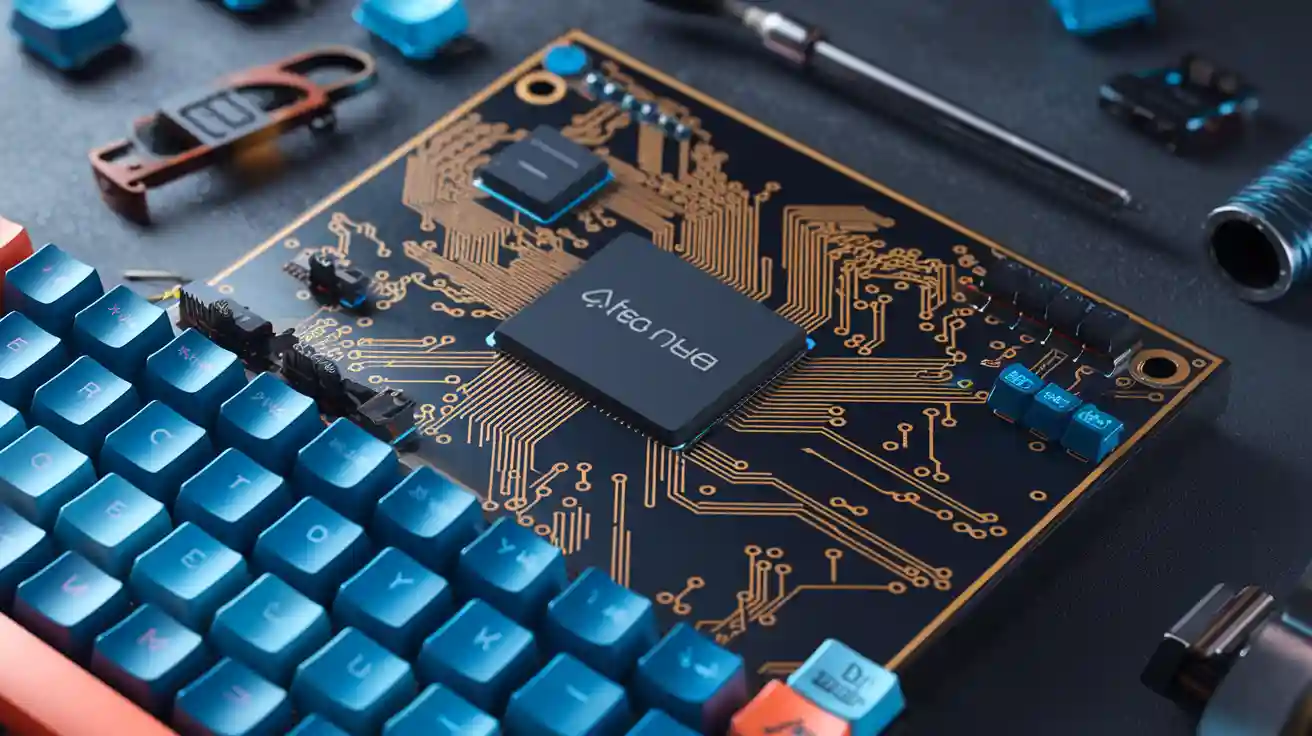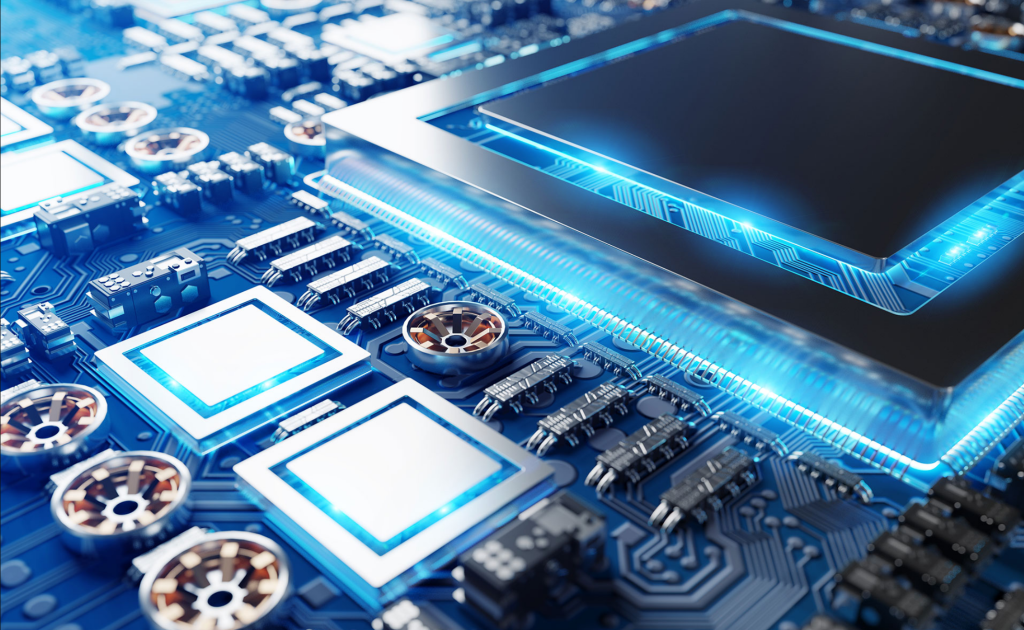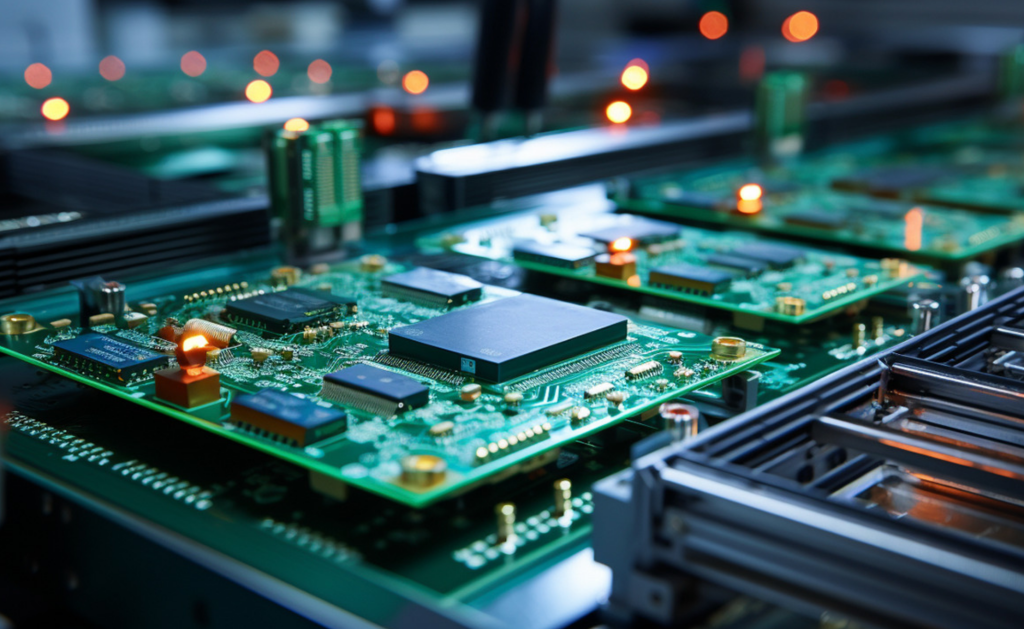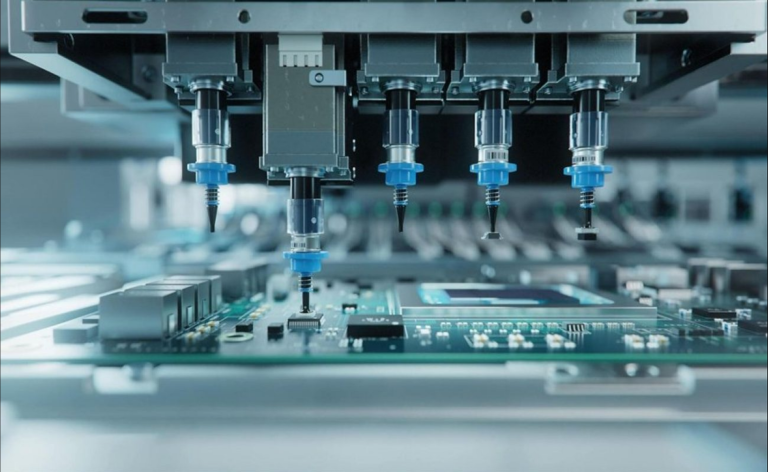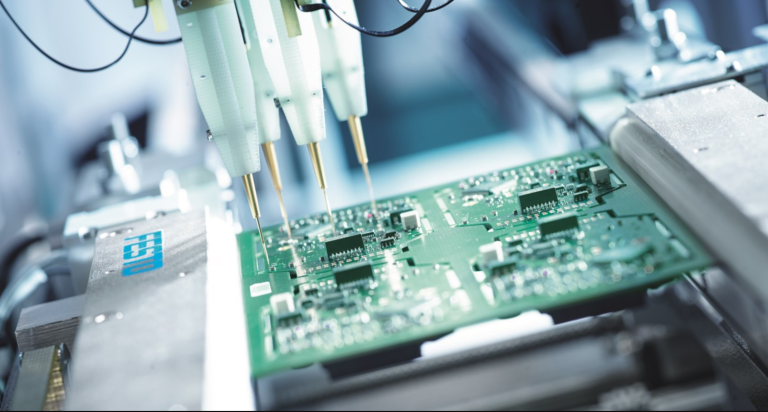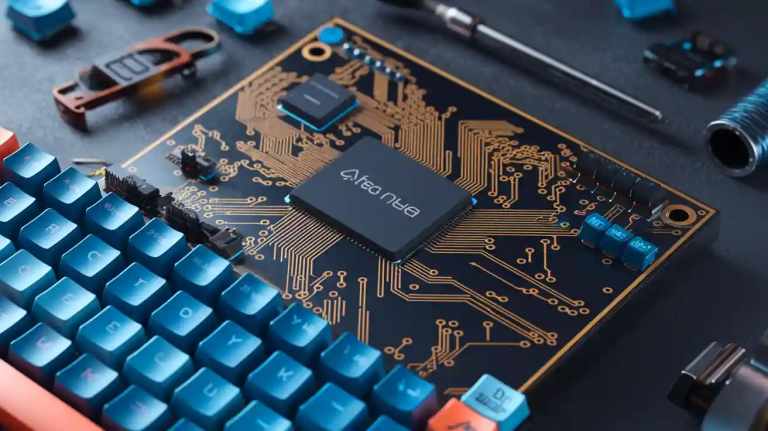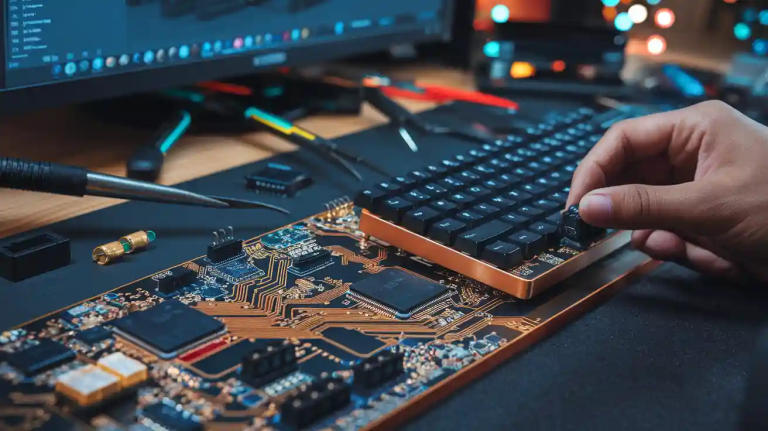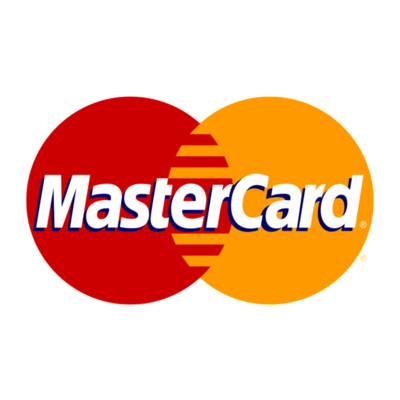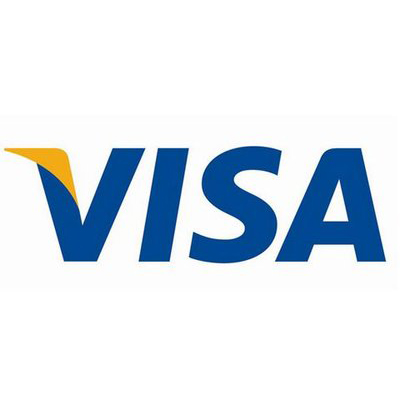Choosing the right mechanical keyboard PCB is the foundation of building a keyboard that truly fits your needs. A well-selected PCB ensures smooth functionality and unlocks endless customization options. Whether you’re a gamer, a programmer, or someone who types all day, the right PCB can elevate your mechanical keyboard experience.
You should focus on what matters most to you. Do you want hot-swappable switches for easy upgrades? Or do you prefer a soldered PCB for long-term stability? By aligning your choice with your preferences, you’ll create a keyboard that feels like it was made just for you.
Key Takeaways
- Pick a PCB that fits your keyboard’s layout and size.
- Check if it works with your switches and stabilizers.
- Choose hot-swappable or soldered PCBs based on your skills.
- Look at wired, wireless, or both for how you use it.
- Buy a strong PCB for lasting use and better quality.
Understanding PCB Compatibility
Choosing the right mechanical keyboard PCB starts with understanding compatibility. A PCB that doesn’t fit your keyboard layout, switches, or case can lead to frustration and wasted money. Here’s what you need to know to ensure everything works seamlessly.
Keyboard Layout and Size
The layout and size of your keyboard determine the type of PCB you need. PCBs come in various sizes, such as full-size, 75%, 60%, and even smaller compact designs. If you want a full-function keyboard with a numpad, you’ll need a PCB that supports 100% layouts. For a minimalist setup, a 40% or 60% PCB might be ideal.
| Factor | Description |
|---|---|
| PCB Layout and Size | Full-size PCBs are for complete keyboards, while smaller sizes (40-60%) are for compact designs. |
| Number of Keys | The number of keys affects the PCB layout and spacing. |
| Additional Features | Function keys or a numpad require larger PCBs. |
When selecting a PCB, consider how many keys you need and whether you want extra features like function keys. The PCB size also dictates the spacing between switches, which impacts comfort and usability.
Switch Type and Stabilizer Compatibility
Switch compatibility is another critical factor. Mechanical keyboard switches come in different types, such as mechanical or optical. Each type has unique dimensions and mounting systems. For example, Cherry MX switches are widely used and compatible with most PCBs. However, optical switches may require specific PCBs due to their signaling methods.
| Aspect | Description |
|---|---|
| Switch Modification | Enhances compatibility and allows for customization. |
| Compatibility Standards | Ensures universal fit through proper dimensions and contact points. |
| Stabilizer Importance | Proper stabilizers eliminate wobbling and improve typing comfort. |
You should also check stabilizer compatibility. Stabilizers prevent larger keys, like the spacebar, from wobbling. A well-matched stabilizer enhances typing performance and reduces fatigue.
Case and Plate Compatibility
Your keyboard case and plate must align with the PCB. Cases come in different sizes and mounting styles, such as tray mount or top mount. The PCB must fit securely within the case to avoid misalignment. Similarly, the plate, which holds the switches, should match the PCB’s layout.
When choosing a PCB, verify its mounting style and ensure it fits your case and plate. This step guarantees a stable and durable build.
Hot-Swappable vs. Soldered PCBs
When choosing a mechanical keyboard PCB, one of the most important decisions you’ll make is whether to go with a hot-swappable or soldered PCB. Each option has unique benefits, and your choice should align with your preferences, skill level, and how you plan to use your keyboard.
Benefits of Hot-Swappable PCBs
Hot-swappable PCBs are perfect for anyone who loves experimenting with switches. These PCBs allow you to replace switches without soldering, making customization quick and easy. Whether you’re trying out tactile, linear, or clicky switches, a hot-swappable PCB lets you swap them out in seconds.
| Benefit | Description |
|---|---|
| Easy Customization | Switches can be replaced without soldering, ideal for beginners. |
| Experimentation | Perfect for testing different switch types to find your favorite. |
| Convenience | Faulty switches can be replaced effortlessly, saving time and effort. |
However, durability can be a concern. Frequent swapping may weaken the sockets over time, leading to reliability issues. If you plan to change switches often, handle the PCB carefully to maintain its longevity.
Advantages of Soldered PCBs
Soldered PCBs offer unmatched stability and reliability. Once switches are soldered in place, they stay secure, even with heavy typing or gaming. This makes soldered PCBs a popular choice for high-end mechanical keyboards where durability is a priority.
Tip: If you’re building a keyboard for long-term use, a soldered PCB ensures a solid and dependable foundation.
While soldering requires more effort and technical skill, it provides a permanent connection that won’t loosen over time. This makes soldered PCBs ideal for users who don’t plan to change switches frequently.
Choosing Based on Your Skill Level and Needs
Your choice between hot-swappable and soldered PCBs depends on your experience and what you want from your keyboard. If you’re new to mechanical keyboards or enjoy experimenting, hot-swappable PCBs are a great starting point. They’re beginner-friendly and allow you to explore different switches without committing to a single type.
On the other hand, if you’re confident in your soldering skills or want a keyboard built for durability, a soldered PCB is the way to go. It’s a better option for advanced users who value reliability over flexibility.
Note: Consider your typing habits, how often you plan to change switches, and whether you’re comfortable with soldering before making your decision.
Connectivity Options for Mechanical Keyboards
When selecting a mechanical keyboard PCB, connectivity plays a vital role in determining your keyboard’s performance and usability. Whether you prefer the reliability of wired connections, the freedom of wireless setups, or the versatility of tri-mode options, understanding these choices will help you make the best decision.
Wired PCBs: Stability and Performance
Wired PCBs are the gold standard for stability and performance. They ensure a direct connection between your keyboard and computer, minimizing input lag and signal interference. This makes them ideal for gamers and professionals who demand precision and responsiveness.
- A wired PCB uses high-quality cables like UTP or STP to transmit signals. This guarantees consistent performance, even during intense typing or gaming sessions.
- Each key’s switch connects directly to the PCB, ensuring accurate signal transmission. This setup enhances durability and responsiveness, which are crucial for mechanical keyboards.
- Wired PCBs also support deep customization, allowing you to tailor your keyboard to your preferences.
If you value reliability and peak performance, a wired PCB is an excellent choice.
Wireless PCBs: Flexibility and Convenience
Wireless PCBs offer unmatched convenience. They eliminate the need for cables, giving you a clutter-free workspace. Whether you’re working from your desk or typing on the go, wireless PCBs provide the flexibility you need.
- These PCBs use Bluetooth or proprietary wireless technology to connect to your devices. This allows you to move freely without being tethered to a single spot.
- Modern wireless PCBs deliver impressive performance, with minimal latency and long battery life. You can enjoy the benefits of a mechanical keyboard without sacrificing portability.
For those who prioritize convenience and a clean setup, wireless PCBs are a game-changer.
Tri-Mode PCBs: The Best of Both Worlds
Tri-mode PCBs combine the strengths of wired and wireless options. They allow you to switch between wired, Bluetooth, and 2.4GHz wireless modes, giving you unparalleled versatility.
- In wired mode, you get the stability and performance of a traditional wired PCB.
- Bluetooth mode lets you connect to multiple devices, perfect for multitasking.
- The 2.4GHz wireless mode offers low-latency performance, ideal for gaming or fast typing.
Tri-mode PCBs are perfect if you want a mechanical keyboard that adapts to your needs. Whether you’re gaming, working, or traveling, this option ensures you always have the right connectivity.
Build Quality and Durability of Mechanical Keyboard PCBs
When choosing a mechanical keyboard PCB, build quality and durability are non-negotiable. A well-constructed PCB ensures your keyboard performs reliably for years, even under heavy use. Let’s explore what makes a PCB stand out in terms of materials, longevity, and quality.
Materials and Construction
The materials used in a PCB directly impact its performance and lifespan. High-end mechanical keyboard PCBs often feature premium finishes like hard gold plating, which resists wear and enhances durability. These materials ensure the PCB remains functional even after millions of keystrokes.
Did you know? The PCB is often referred to as the “heart” of a mechanical keyboard. Its construction determines how responsive and durable your keyboard will be.
Manufacturers like Keyceo Tech prioritize quality by using robust materials and conducting strict quality control. This attention to detail ensures the PCB can handle the demands of both typists and gamers. When selecting a PCB, look for features like reinforced layers and high-quality solder points to guarantee a solid build.
Longevity and Reliability
A high-quality PCB can last for years, making it a worthwhile investment. On average, mechanical keyboards with premium PCBs can endure 5–15 years of regular use. Switches themselves often boast lifespans of 50–100 million keystrokes, but the PCB must match this durability to maintain performance.
| Aspect | Data |
|---|---|
| Average lifespan | 3–5 years with regular use |
| Premium keyboard lifespan | 5–15 years or longer |
| Switch lifespan | 50–100 million keystrokes |
To maximize longevity, choose a PCB designed for durability. Brands that emphasize quality control, like Keyceo Tech, test their PCBs rigorously to ensure they meet high standards. This reliability translates to a keyboard that performs consistently over time.
Identifying High-Quality PCBs
Spotting a high-quality PCB requires attention to specific criteria. Look for features like compatibility with various switches, robust firmware support, and a reliable brand reputation. A well-designed PCB should also offer customization options, such as programmability and macro support.
| Evaluation Criteria | Description |
|---|---|
| PCB Layout and Size | Ensures compatibility with your keyboard design. |
| Switch Compatibility | Determines which switches can be used with the PCB. |
| Firmware Support | Allows for custom functions and advanced programming. |
| Brand and Quality | Reflects the reliability of the manufacturer. |
Pro Tip: A good PCB is built to last a lifetime. Investing in a high-quality option ensures your keyboard remains a reliable tool for years to come.
By focusing on these factors, you can confidently select a PCB that meets your needs and enhances your mechanical keyboard experience.
Additional Features to Consider When Choosing the Right Mechanical Keyboard PCB
When choosing the right mechanical keyboard PCB, additional features can significantly enhance your typing experience. These features go beyond basic functionality, offering customization and aesthetic appeal that make your keyboard truly unique.
RGB Lighting and Aesthetic Options
RGB lighting has become a staple in modern mechanical keyboards. It not only adds a visual flair but also improves usability in low-light environments. Many PCBs now come with integrated RGB lighting, allowing you to customize colors and effects to match your setup. Whether you prefer a subtle glow or a vibrant light show, RGB lighting can transform your keyboard into a centerpiece.
Some PCBs even support per-key RGB lighting, giving you complete control over each key’s illumination. This feature is perfect for gamers who want to highlight specific keys or for anyone who values a personalized aesthetic. Additionally, advanced PCBs use multiple layers to enhance lighting effects, ensuring a seamless and polished look.
Fun Fact: RGB lighting isn’t just about looks. It can also improve functionality by helping you locate keys faster during intense typing or gaming sessions.
Programmability and Macro Support
Programmability is a game-changer for anyone who wants a fully customizable keyboard. With programmable PCBs, you can remap keys, create shortcuts, and set up macros to streamline your workflow. This level of customization is especially beneficial for gamers and professionals who rely on repetitive commands.
Quote: “Some PCBA options come with pre-programmed firmware that offers basic functionality, while others provide advanced programmability, allowing users to customize every key’s function and create complex macros. This flexibility is particularly beneficial for power users who desire complete control over their keyboard.”
Macros can save you time by automating complex tasks. For example, you can program a single key to execute a series of commands, making your typing experience more efficient. When you choose a PCB with robust programmability, you unlock endless possibilities for customization.
Compatibility with Custom Firmware
Custom firmware compatibility is another essential feature to consider. Firmware like QMK and VIA allows you to take your keyboard customization to the next level. With custom firmware, you can adjust key functions, lighting effects, and even create unique layouts tailored to your needs.
A PCB that supports custom firmware ensures your keyboard remains adaptable as your preferences evolve. This feature is particularly valuable for enthusiasts who enjoy experimenting with different layouts and settings. It also provides a way to future-proof your keyboard, ensuring it stays relevant for years to come.
Tip: When selecting a PCB, check if it supports popular firmware options. This ensures you can access a wide range of customization tools and community support.
By focusing on these additional features, you can create a mechanical keyboard that not only meets your functional needs but also reflects your personal style. Whether it’s RGB lighting, advanced programmability, or firmware compatibility, these features elevate your typing experience to new heights.
Choosing the right mechanical keyboard PCB is the key to creating a keyboard that fits your needs perfectly. By focusing on factors like layout, switch compatibility, and build quality, you ensure a seamless typing experience. Whether you prefer the convenience of hot-swappable PCBs or the stability of soldered ones, aligning your choice with your preferences is essential.
A high-quality PCB enhances durability, responsiveness, and customization. It’s the heart of your keyboard, interpreting every keystroke with precision. Take the time to research options, compare features, and invest in a PCB that elevates your typing experience. Your ideal mechanical keyboard starts with the right PCB.
FAQ
What is the best PCB for a gaming keyboard?
The best PCB for a gaming keyboard depends on your needs. For fast response times, choose a wired PCB. If you want flexibility, go for a tri-mode PCB. Hot-swappable PCBs are great for customizing switches to suit your gaming style.
Can I use any switches with my PCB?
Not all switches are compatible with every PCB. Check if your PCB supports the type of switches you want, such as mechanical or optical. Compatibility ensures smooth performance and prevents issues during gaming or typing.
Are hot-swappable PCBs good for gaming?
Yes, hot-swappable PCBs are excellent for gaming. They let you easily swap switches to find the perfect feel for your gaming keyboard. This flexibility allows you to optimize your setup for different gaming genres.
How do I know if a PCB is durable?
Look for PCBs made with high-quality materials like gold plating and reinforced layers. Reliable brands often test their PCBs for durability. A durable PCB ensures your gaming keyboard performs well over time, even with heavy use.
Is wireless connectivity good for gaming?
Wireless PCBs offer convenience but may introduce slight latency. For competitive gaming, wired or 2.4GHz wireless modes are better. Tri-mode PCBs give you the flexibility to switch between wired and wireless modes based on your gaming needs.


